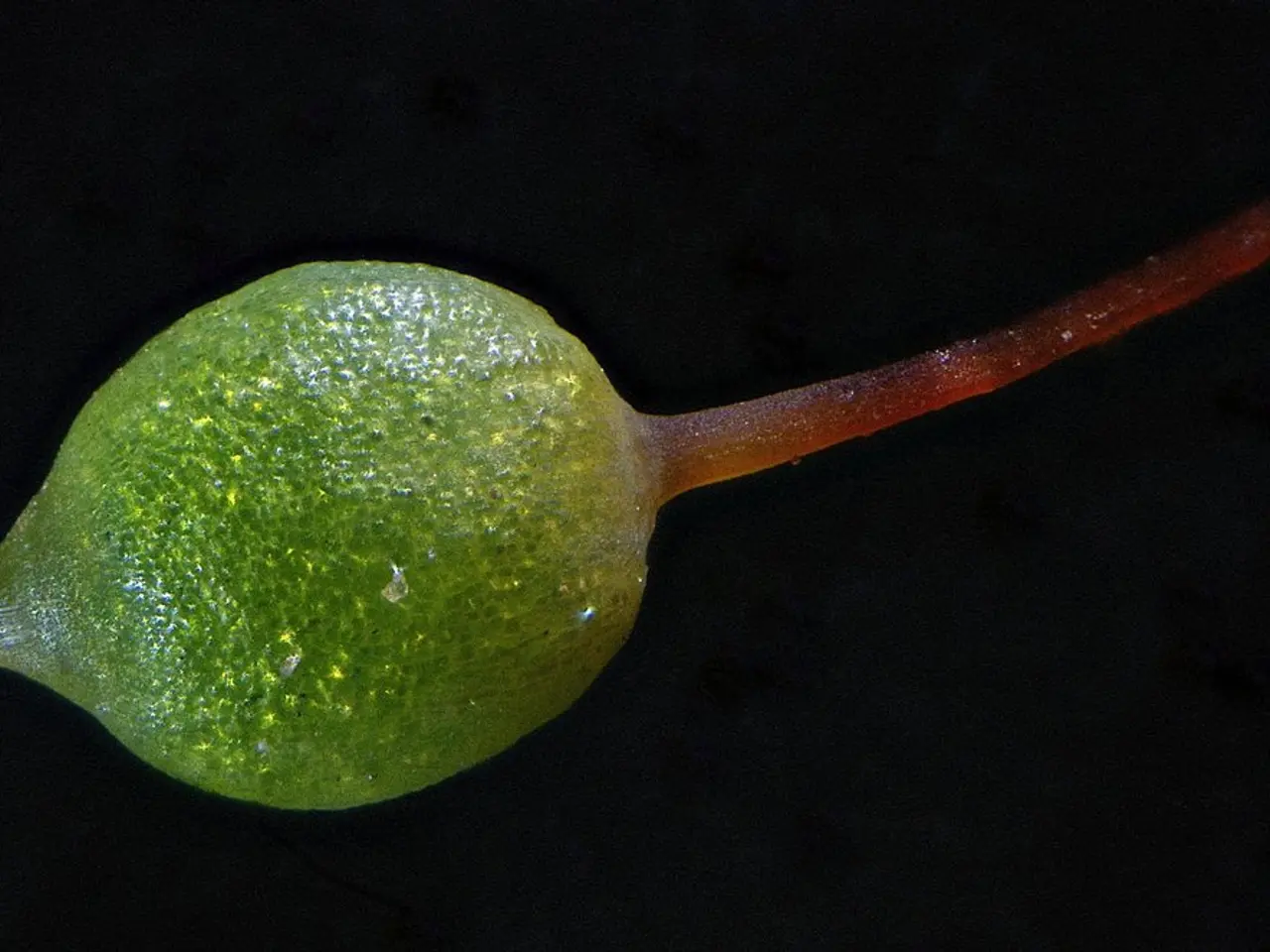Groundbreaking medical procedure revives lifeless hearts, providing a second chance as evident in a recent infant's miraculous survival.
In a groundbreaking development, two new techniques for heart reanimation and resuscitation are set to revolutionise organ donation, particularly for pediatric transplants. These methods, developed by teams at Duke Health and Vanderbilt University Medical Center, have the potential to increase the number of available hearts by up to 20% in the U.S., potentially saving hundreds of lives each year.
The REUP (recovery with extended ultraoxygenated preservation) method, developed at Vanderbilt University Medical Center, reduces dependence on expensive machines or controversial procedures like NRP. In this method, a cold solution rich in oxygen, red blood cells, vitamins, and other protective ingredients is inserted into the aorta after the heart has stopped. Early tests have shown promising results, with three hearts transplanted using the REUP method resulting in successful recoveries with no signs of organ rejection six months after surgery.
On the other hand, Duke Health has developed a pioneering technique that temporarily reanimates the donor heart outside the body using a heart-lung machine (extracorporeal membrane oxygenation, ECMO). This method allows surgeons to assess the heart’s viability on a surgical table before transplantation, overcoming the limitations of existing perfusion devices that are too large for infant hearts.
These new approaches offer practical, affordable, and ethically cleaner ways to increase the number of donor hearts available for transplant, particularly for infants and children. For instance, a 3-month-old infant recently received a heart that had been revived using the Duke method, with no signs of rejection six months after surgery.
However, more data and longer-term follow-up are needed to confirm the safety and effectiveness of these new procedures. One challenge with the REUP method is that doctors don't actually see the heart beating before transplant, so they must trust that the preservation worked, which could be riskier for older donors or in cases with longer waiting times. Similarly, while the Duke method works well for infants, it has yet to be adapted for adult hearts.
If successful, these novel medical procedures could help narrow the organ shortage gap and save many lives each year. The REUP method at Vanderbilt University Medical Center avoids the ethical issue of blurring the legal definition of death by not restarting the heart, only directing blood to the heart. The Duke method involves placing a stopped heart in a system that pumps warm, oxygen-rich blood through it, which revives the heart.
For those interested, more information on the REUP method and the Duke method, as well as related studies, can be found here and here. These advancements in heart reanimation and resuscitation techniques are a significant step towards addressing the organ shortage crisis and improving the lives of countless children in need of transplants.
- The development of two new techniques for heart reanimation and resuscitation,REUP at Vanderbilt University Medical Center and the Duke method, could potentially revolutionize organ donation, particularly for pediatric transplants.
- The REUP method, involving a cold solution rich in oxygen, red blood cells, vitamins, and other protective ingredients, shows promise in reducing dependence on expensive machines or controversial procedures, with three hearts transplanted using this method resulting in successful recoveries with no signs of organ rejection six months after surgery.
- Duke Health's pioneering technique temporarily reanimates the donor heart outside the body using a heart-lung machine (ECMO), allowing surgeons to assess the heart’s viability before transplantation, overcoming the limitations of existing perfusion devices that are too large for infant hearts.
- These new approaches offer practical, affordable, and ethically cleaner ways to increase the number of donor hearts available for transplants, particularly for infants and children, as demonstrated by a 3-month-old infant who received a heart revived using the Duke method with no signs of rejection six months after surgery.
- More data and longer-term follow-up are needed to confirm the safety and effectiveness of these new procedures, with challenges such as doctors not seeing the heart beating before transplant with the REUP method and the Duke method's yet adaptation for adult hearts.
- If successful, these novel medical procedures could help narrow the organ shortage gap, save many lives each year, and contribute significantly to addressing the organ shortage crisis, particularly in areas of health-and-wellness, cardiovascular health, and medical-conditions, benefiting both animals and humans.




